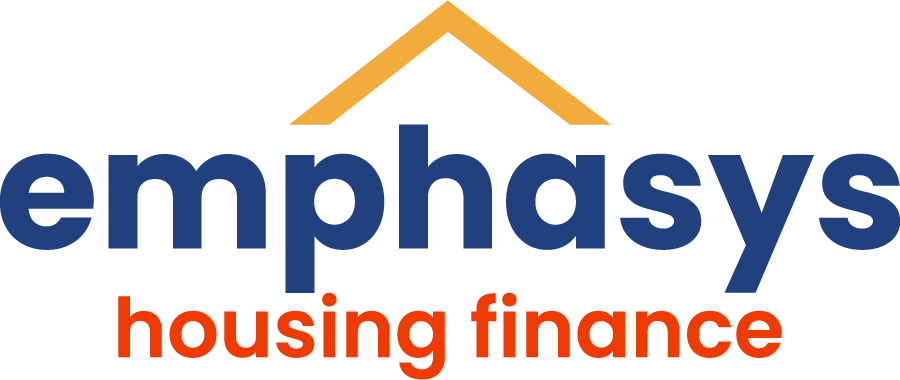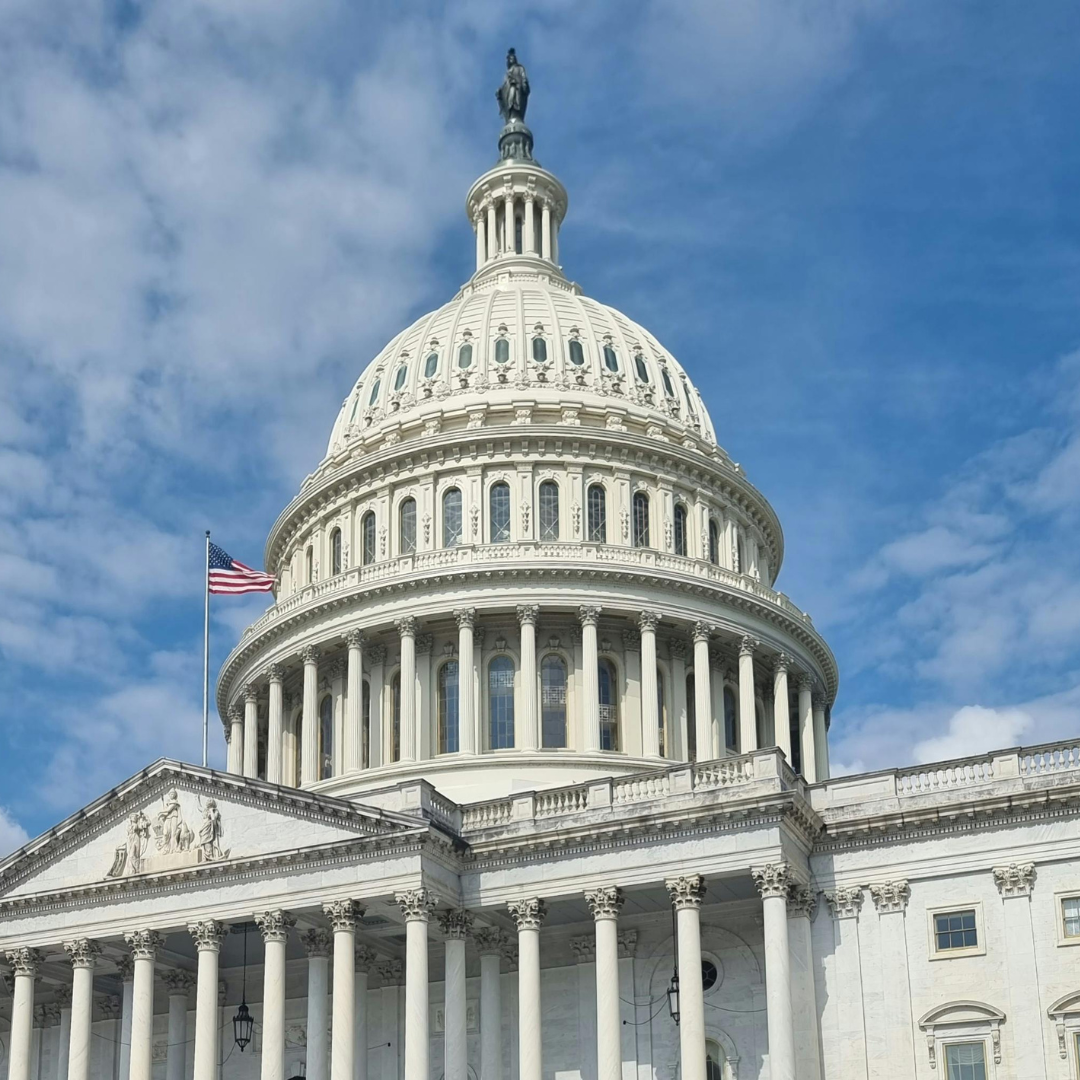Broadband Is a Utility—Now What for Housing?

The FCC reclassified broadband internet as a public utility in 2024—but in 2025, the real work begins. From funding eligibility to infrastructure strategy, the implications are just starting to take shape.
From Policy Shift to Real-World Change
In April 2024, the Federal Communications Commission (FCC) voted to reclassify broadband internet as a utility, placing it under Title II of the Communications Act—the same regulatory framework that governs water, electricity, and telephone services.
This move marked a return to Obama-era net neutrality protections, which had been rolled back in 2017. More importantly, it reasserts the federal government’s role in ensuring that high-speed internet access is treated not as an optional service, but as essential infrastructure—especially in underserved and low-income communities.
For years, advocates have argued that digital access is inseparable from opportunity. From applying for jobs and accessing telehealth, to completing schoolwork and submitting housing applications, broadband is the new baseline for participation in civic and economic life.
By reclassifying broadband under Title II, the FCC now has clearer authority to:
- Prevent discriminatory pricing and digital redlining
- Hold providers accountable for service standards
- Expand broadband access in rural and low-income areas
Now, in 2025, the shift is beginning to impact how housing authorities and agencies think about planning, procurement, and policy alignment. With implementation underway at the federal, state, and local levels, housing leaders are asking what this means for their portfolios, budgets, and long-term digital strategy.
Why It Matters for Housing Finance Agencies
While the ruling itself is behind us, its ripple effects are only now reaching the affordable housing sector in a tangible way. For state and local housing agencies, the reclassification of broadband introduced a critical shift in how internet infrastructure is viewed as a baseline requirement. This policy change strengthened the argument that broadband must be embedded into housing strategy at every level—from capital planning and procurement to compliance, education, and social programming.
In practical terms, that means:
- Agencies may soon be able to treat broadband as a line item in utility modeling and operating budgets.
- Infrastructure funding streams that were previously unavailable could be unlocked under new definitions of essential services.
- Broadband inclusion could influence scoring in funding applications, LIHTC compliance, or HUD evaluations focused on resident well-being.
Just as energy efficiency became a key priority in affordable housing a decade ago, connectivity is the next layer of equity-driven infrastructure—and it’s no longer optional.
Planning for the Digital Layer
This reclassification came at a time when digital inclusion was already shaping how agencies deliver services. From virtual inspections and online compliance portals to resident self-service platforms and remote workforce needs—broadband enables it all.
But embedding connectivity into housing infrastructure requires systems that can manage, secure, and scale digital services. And it means treating internet reliability like a utility. Agencies that are already investing in IT modernization or migrating to hosted platforms are one step ahead. These foundations make it easier to support digital engagement, track broadband-related performance, and partner with local providers for implementation. But for others, the reclassification is a signal: connectivity isn’t optional—it’s operational.
At Emphasys, we’ve seen this shift firsthand in conversations around hosted environments. Our Hosting Services are designed with uptime, security, and support at the core—because the software is only as useful as the infrastructure supporting it. As connectivity becomes a regulated necessity, agencies will need digital partners that can support reliable delivery without adding burden to their teams.
What to Watch in 2025
The FCC’s reclassification of broadband was a watershed moment, but the real impact will continue to unfold over time—depending on how federal, state, and local agencies translate policy into practice. For housing leaders, staying informed isn’t optional—it’s strategic.
Key areas to monitor include:
-
HUD Guidance
Watch for updated guidance on how broadband expenses may be treated under federal housing programs. This could redefine what’s eligible for reimbursement or funding under LIHTC, HOME, and other programs. -
State-Level Deployment Plans
States receiving funding through the Broadband Equity, Access, and Deployment (BEAD) program are finalizing implementation plans. These will shape which neighborhoods get prioritized—and how housing projects fit in. -
Local Partnerships and Infrastructure Grants
Agencies should explore partnerships with telecom providers, regional planning councils, or municipalities applying for infrastructure grants. Aligning early can open doors to shared deployment costs and co-located services.
These policy shifts could influence everything from how broadband is evaluated in capital project scoring to the connectivity standards residents begin to expect in publicly supported housing.
The Bottom Line
Reclassifying broadband as a utility wasn’t the end—it was the beginning. In 2025, we’re seeing the early stages of what this really means for housing: a redefinition of infrastructure, a reframing of compliance, and a new standard for connectivity. The FCC’s ruling repositions internet access as a core utility, placing housing providers on the front lines of digital inclusion.
Agencies that act now—by modernizing infrastructure, building local partnerships, and aligning with upcoming guidance—will be better positioned to secure funding, deliver better service, and future-proof their portfolios.
At Emphasys, we see this shift already underway. Our Hosting Services are built to support the stability, scalability, and security that this next chapter demands—because connectivity doesn’t stop at the door. It has to extend all the way through your systems.
Explore More
Want to explore what this could mean for your agency? Contact us a hfa-sales@emphasys-software.com.










